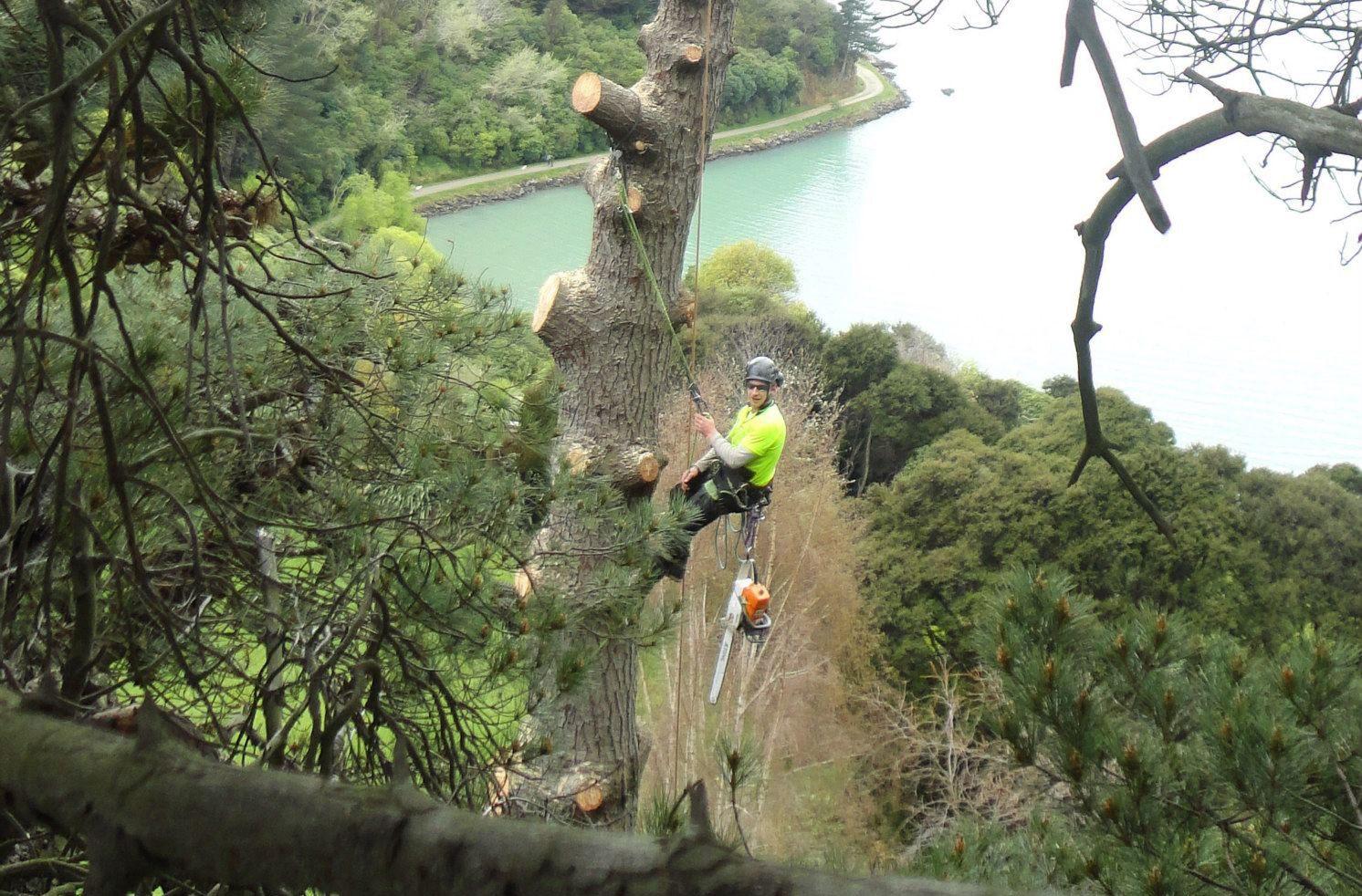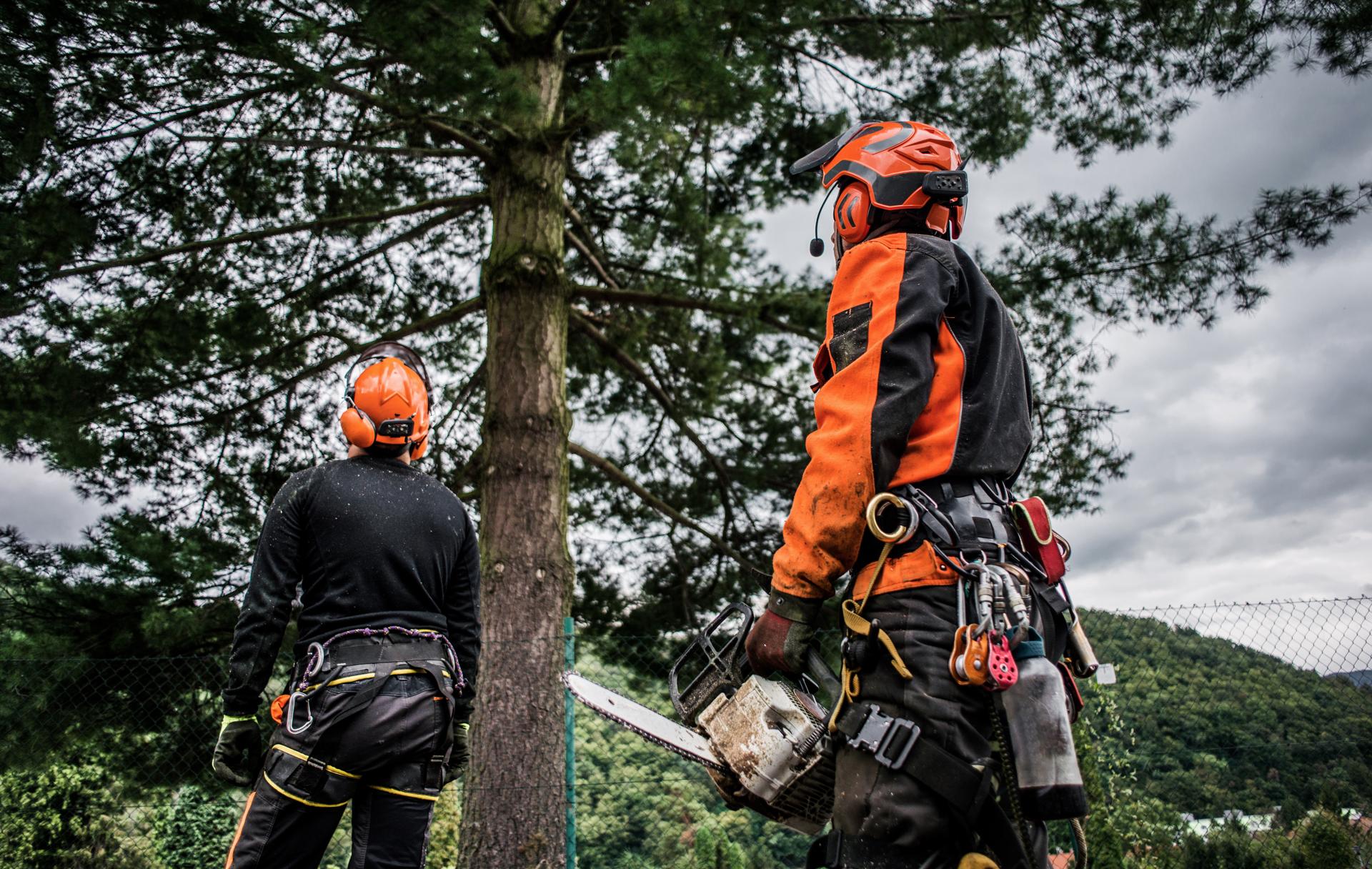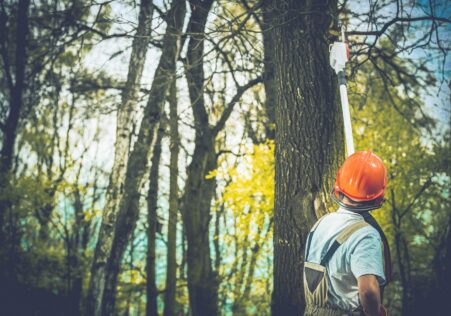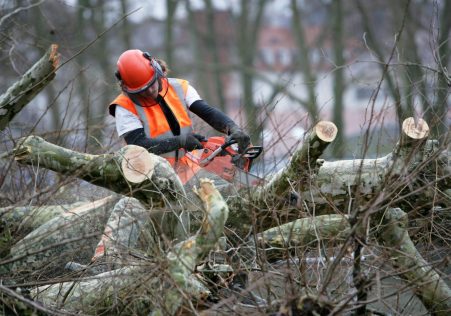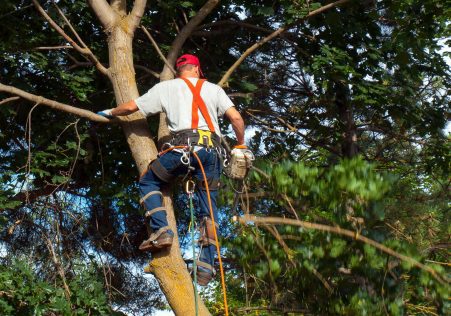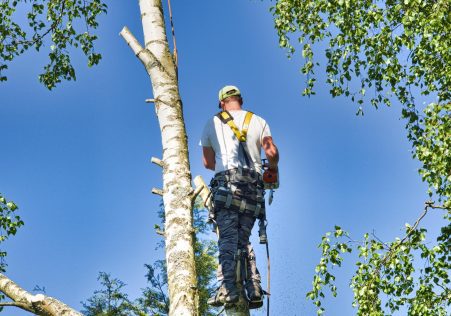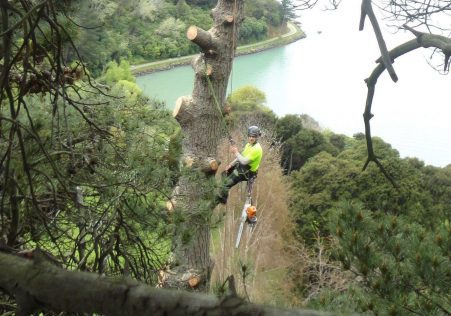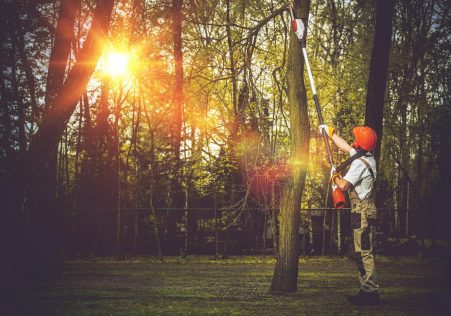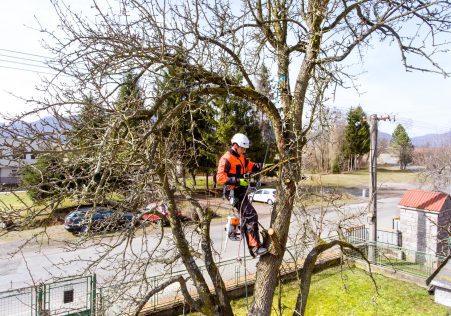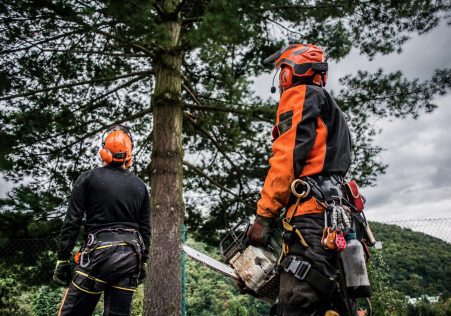Expert Advice on the identification of protected Trees located in Inner West
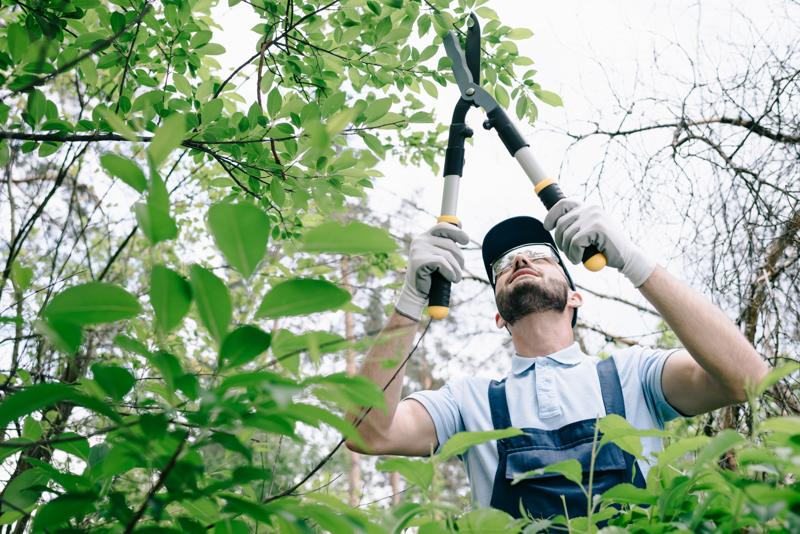
Trees play an essential contribution to our ecosystem by providing shade, fresh air and aesthetic value to our surroundings. However there are a few trees that aren’t equal and some carry extra protection status, which makes it illegal to do any activity without authorization. If you are considering having a tree removed, it’s essential to understand the status of protection for the tree you’re considering and the steps you need to take to ensure compliance with the law. In this article, we’ll help you understand the process of determining whether the tree is protected and what you need to do to ensure you comply with the law.
What exactly is a tree that is protected?
A protected tree is one that can be subject to specific laws and regulations and it is unlawful to carry out work on a protected tree without obtaining the necessary permissions. There are two types of protection that a tree may have - preservation and protection orders that are statutory.
Protection under the law
Under the law trees are protected under law and are under the control of Tree Preservation Orders (TPOs). TPOs are enacted by local authorities to protect trees of significant public value and to ensure that they do not get destroyed or damaged.
Preservation orders
Preservation orders are like TPOs in that they are issued from the Secretary of State responsible for Environment. Preservation orders for trees are considered to be of exceptional value and are shielded from any kind of work, including cutting down.
What can I do to determine when a tree is in danger?
To determine if a tree is protected, you must to verify if it’s subject to the protection of a TPO or preservation or protection order. It is done by contacting the municipal authority, and asking them to look up their records.
TPO search
If you want to find a TPO, you can contact your local Tree and Woodland officer from the local authority. They will be able to tell you whether the tree is protected. They will also be able to guide you on the next steps you should do if your tree is protected.
Preservation order search
In order to search for a preservation order you must contact secretary of state for Environment. They will inform you if the tree is protected and give you the necessary information and guidance.
FAQs:
What is the consequence if I do work on a tree that is protected without permission?
If you do work on a tree that is protected without the proper permissions, you could face massive fines or even prison.
Can I contest to a TPO and/or preservation order?
You can appeal to a TPO or preservation or TPO if it is unjustified. You will have to prove your argument and demonstrate why the TPO or the preservation decision isn’t needed.
Can I take down a protected tree?
It is unlawful to take down trees that are protected without the required permissions. If you require the tree to be removed, you will need to seek permission from the council and provide proof to back your claim.
Conclusion
In the end, determining if a tree is protected is an essential aspect in ensuring that any tree work is legally completed. Understanding the different kinds of protection and the best way to determine if they are protected it is possible to be sure that you’re in compliance with the law and protecting the trees that you are responsible for. If you’re not sure about the protection status of the tree you are in charge of, we suggest seeking advice from a reputable tree specialist like Inner West Tree Removal. Our team of experienced arborists will be able to inform you on the protection status of your trees, and will guide you through the required steps to make sure you’re complying with the legal guidelines. With our knowledge and dedication to providing high-quality tree services, we can help you preserve the beauty and worth that your trees have. Contact us today by phone at 1300 636 143 to schedule a appointment, and let us guide you on how to ensure that your trees are protected and healthy.

